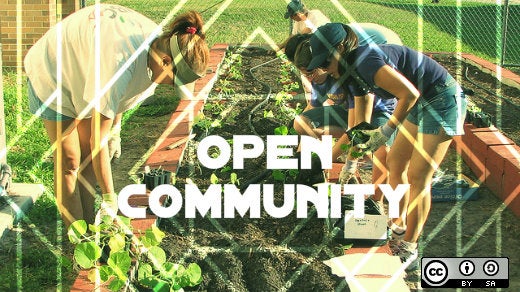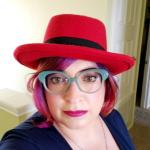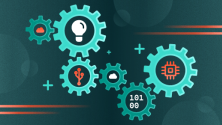The new Director of Community at GitHub, Jono Bacon, delivered a keynote at All Things Open this year titled: The new era of community. His talk was largely a call action to do better job of leading, guiding, and engaging in open source communities. Here's how.
The opportunity
Jono says we have an opportunity to make open source better. To explain, he went back in time to illustrate to us what his first experiences with Linux and the Internet were like. An Internet-connected computer opened up all kinds of opportunities for Jono, and for people all over the world as the adoption of the Internet grew exponentially. We are now seeing inexpensive hardware for computing like Raspberry Pi, Arduino, and drone technology, and, we are seeing open source grow and evolve. The barriers to getting an open source project off the ground is lower today with the power of the Internet and crowdfunding sites.
Now, it is time to look to the future and think not only about what we can do today but what we can do five years from now to make open source software, hardware, and other methodologies stronger. The beauty of open source is that we cshape our future. It is moldable. And, this is where the opportunity lies.
When you look at all of the great technologies we have today, the common theme is openness.
The challenge
The challenge is that we're working in a distributed environment (read: we work together over the Internet, around the world, not in the same office). Open source communities have been working in, and are used to, these distributed environments. Many open source communities have been figuring out how to do it well, and can be examples of successful distributed projects. Some include Wikipedia, Red Hat, Linux, OpenStack and GitHub.
These software communities have been successful in being open and distributed. And, now we're looking at a future of open hardware. How do we work together in a distributed manner to build a physical object?
Improvements
Jono says that while we are succeeding in some areas, we can improve on how we're managing and collaborating with our projects and communities. First, we need to remember that a great idea can come from anyone and anywhere. Then, we need to think about how we can gather these ideas equally, using the right tools to organize them.
- Open tools: when choosing, think about whether the tool helps you map back to the reality of how you interact with technology
- Reputation: think about if someone who has been with your project for the longest amount of time still has the most say, even if they aren't participating much anymore
- Diversity: it's critical to expand our communities and let in new minds with different points of view
- Sustainability: every open source project has someone out there that cares for it, so let's find those people so we can stop the loss of incredible work to abandoned projects
Bottomline: We need powerful, diverse communities, because together we have the answers to our challenges and questions.
series
This article is part of the All Things Open Speaker series. All Things Open is a conference exploring open source, open tech, and the open web in the enterprise.







Comments are closed.